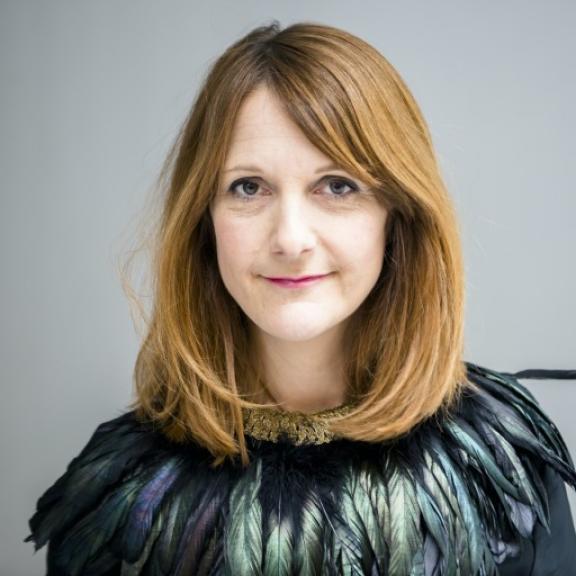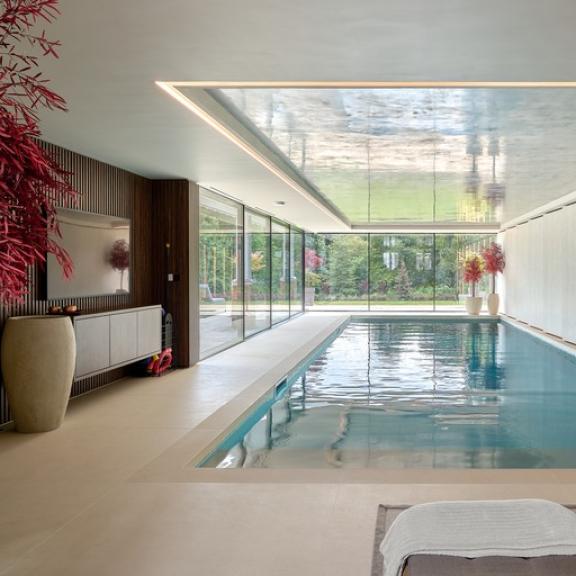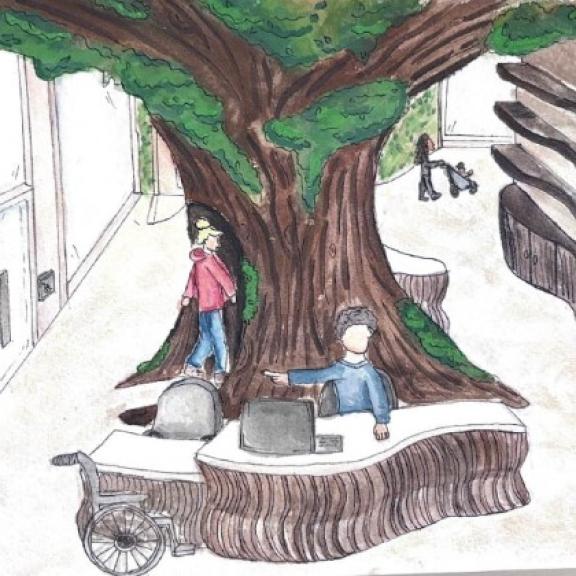Design with culture in mind
How might you celebrate a client’s heritage in a design project? We discussed the issues with BIID Diversity and Inclusion Committee member, Sharon Simpson
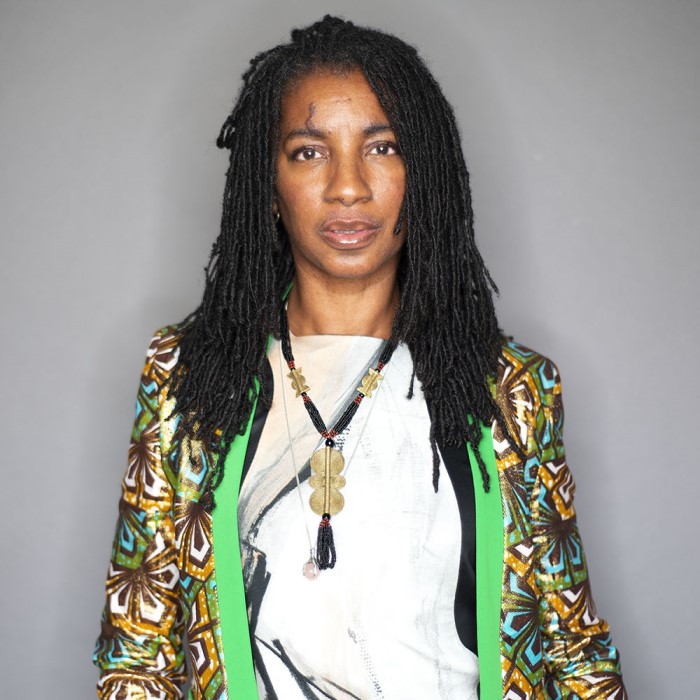
For some clients, a focus on their heritage is an important consideration as part of an interior project, with decoration that celebrates their culture an essential element of the design. We talked to interior designer Sharon Simpson of Sharon Simpson Studio, who’s a member of the BIID’s diversity and inclusion committee, about the importance of paying attention to heritage when creating an interior for a client.
When designing with heritage in mind, as Sharon points out, it’s the decoration and materials that offer the potential to reflect a client’s culture rather than it being expressed in the design of their space. As for the decoration and materials, what is the starting point? ’For individuals, it’s a question of how do they draw on their own heritage and culture within their spaces,’ says Sharon.
Benefits of celebrating heritage
For some second generation immigrants, celebrating the culture and heritage of their parents in their home environment can be of great significance. For Sharon herself, it’s a link to both her Caribbean and African heritage. ‘For me, the connection with the Caribbean is in colour and vibrancy – bright, intentional colours,’ she explains. ‘People aren’t afraid to wear colour and have colour in their homes.’
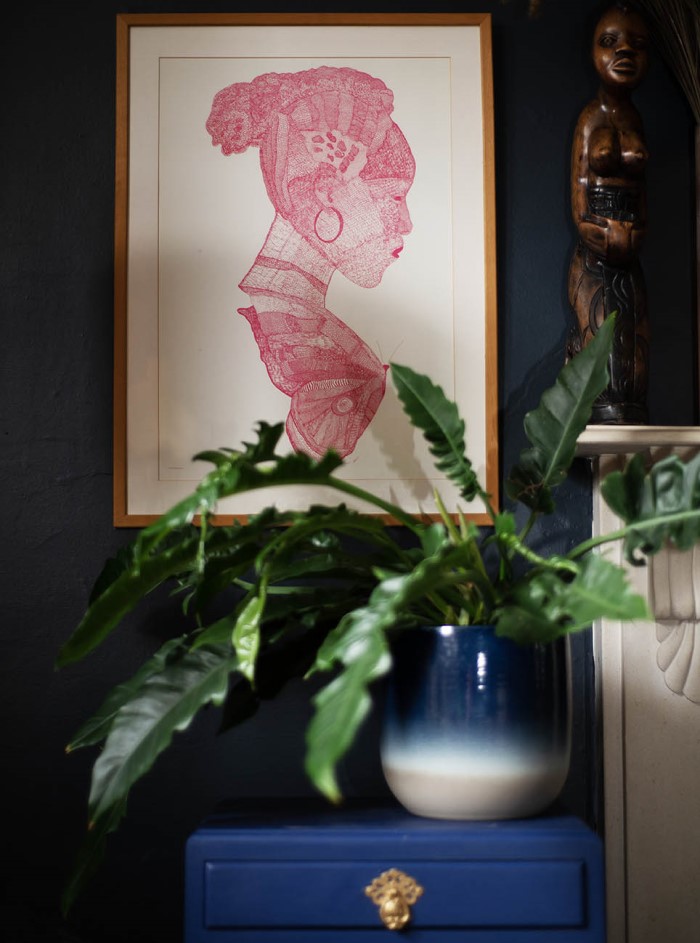
As for Africa, works of art on the walls of Sharon’s home draw on this heritage. Her mother’s home decor has been an inspiration, too. The statues of black female figures with which Sharon’s mum has styled her living space have inspired Sharon’s own artwork, which features on the cushions she has designed for sale and for her own home.
It was in becoming an interior designer that Sharon began to think about her home in a different way. ‘When I did an interior design course, I started to think if I step outside of my decorating comfort zone, will that do something for me?’ she explains. The answer was that it did. ’It made me feel I was representing myself in my home and through that, I wanted to celebrate my culture and where I’m from,’ she says.
Of course, reflecting individuals’ cultural inheritance can make a home aesthetically pleasing, but Sharon believes it can influence those who live there in other profound ways, too. ‘My take is that we can use interior design and decorating to make decisions that can make us feel better about ourselves,’ she says. ‘It’s about mental wellbeing. Taking positive references from the past and passing them on to your children can promote pride in ourselves.’
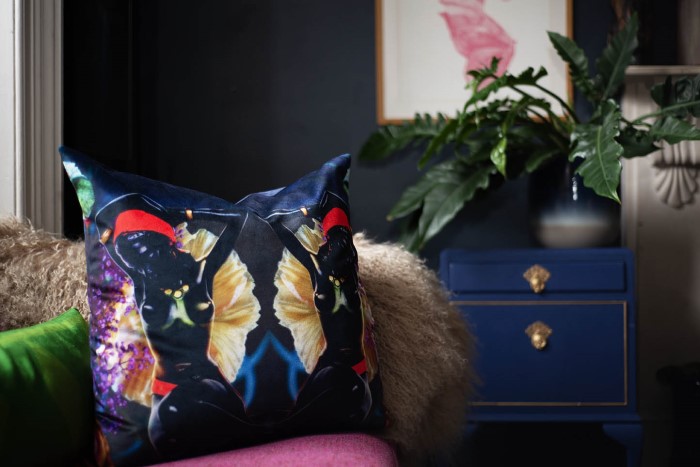
Also important in Sharon’s view is creating interiors with ‘a sense of pride and understanding of where we come from’, and she points to the work of Althea McNish, a black British textile designer who was born in Trinidad and came to the UK as part of the Windrush generation. McNish had an illustrious career and achieved international recognition and created designs for, among others, Liberty and Heal’s. Her work is held in museum collections including at the V&A, the Philadelphia Museum of Art, and the Cooper Hewitt, Smithsonian Design Museum.
Recognising designers such as McNish is equally vital for the diversity of the interior design profession itself, Sharon believes. ‘If people of colour want to come into the industry, where you don’t see yourself, having an understanding of your heritage and culture can show you don’t have to leave it behind,’ she says.
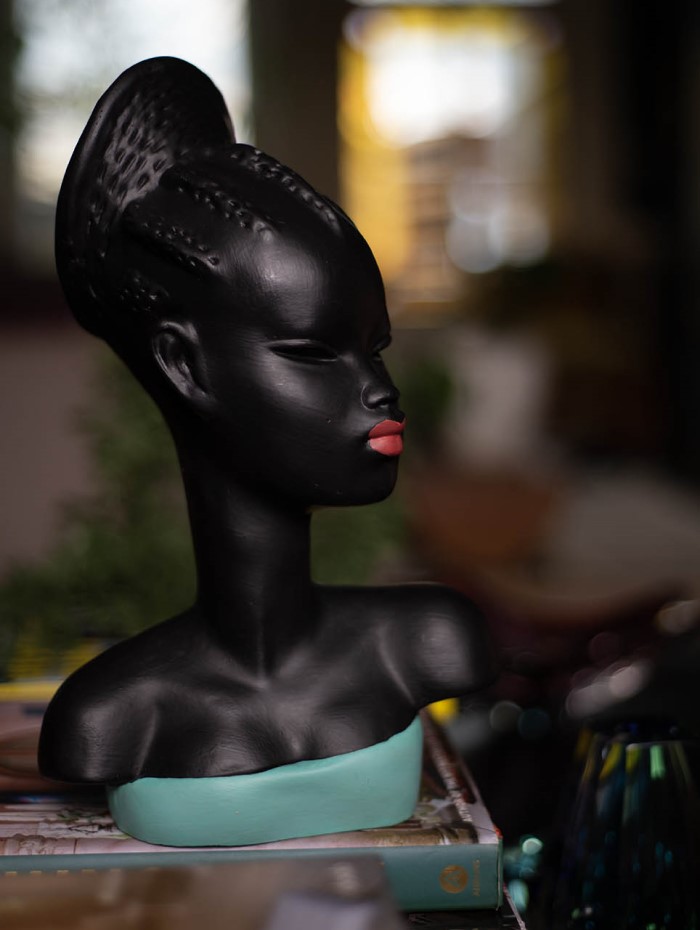
Taking the lead from clients
How might designers approach the cultural element when designing for their clients? Naturally, the cue has to be taken from those individuals whether that comes from their direct requests, client questionnaires, or from an initial meeting. ‘For example, when I went to do a site survey for a couple I worked with they had a lot of African-inspired artwork they definitely wanted to include in terms of the colours and their vibrancy within the home,’ Sharon explains.
As for introducing the idea of designing with culture in mind, Sharon draws a parallel with the issue of sustainability. The latter may not be a factor that a client raises, but it can be introduced by the interior designer. ‘I wonder if heritage and culture is a similar question,’ she says. ‘It’s a case of asking.’ And while she notes that the client may not be interested, raising it can certainly be worthwhile.
Explore new resources from the BIID. Seeing a padlock? Just login or become a member to view.
View the highlights from our 60th anniversary party
We asked Anna Burles: What makes the perfect software?
Discover the smart home technology awards with Platinum Partner, CEDIA
Explore the latest, member-exclusive, templates designed to make your life easier.
University of Gloucestershire wins the BIID Student Design Challenge 2025.


